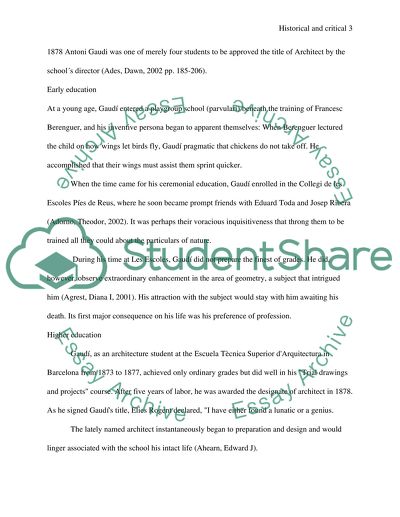Cite this document
(Antonio Gaudi and His Historical and Critical Background Article - 1, n.d.)
Antonio Gaudi and His Historical and Critical Background Article - 1. https://studentshare.org/people/1537202-historical-and-critical
Antonio Gaudi and His Historical and Critical Background Article - 1. https://studentshare.org/people/1537202-historical-and-critical
(Antonio Gaudi and His Historical and Critical Background Article - 1)
Antonio Gaudi and His Historical and Critical Background Article - 1. https://studentshare.org/people/1537202-historical-and-critical.
Antonio Gaudi and His Historical and Critical Background Article - 1. https://studentshare.org/people/1537202-historical-and-critical.
“Antonio Gaudi and His Historical and Critical Background Article - 1”. https://studentshare.org/people/1537202-historical-and-critical.


